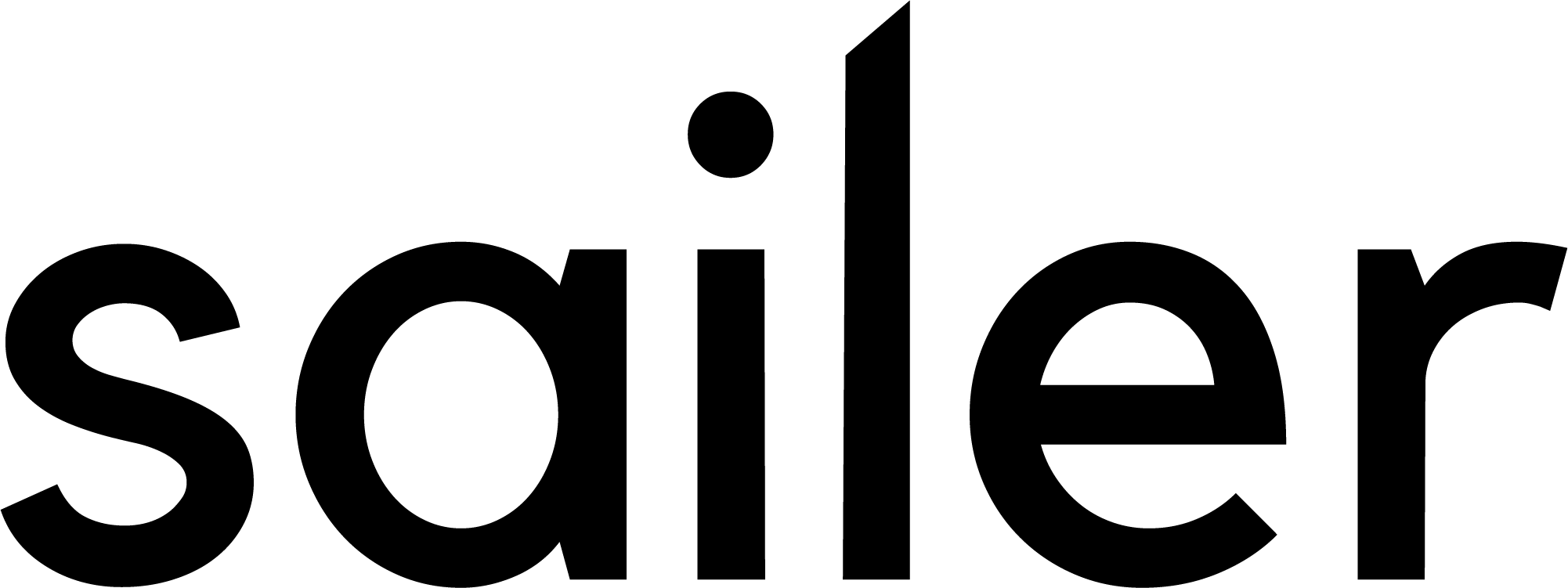DEFINITION OF VIDEOGRAPHIC RESEARCH
Videographic research is a qualitative research method that utilizes video for data collection, analysis, and reporting. It’s also referred to as videography and video ethnography. The roots of videographic research trace back to anthropology and the 1920s.
As the world becomes increasingly video-centric, it has become a common research method for many developmental or experiential studies. It’s a research method where the reporting format is in video. A videographic research report resembles a short (usually around 5-25 minutes) television documentary focusing on a chosen research theme.
The idea of videographic research is based on the saying “a picture is worth a thousand words,” but actually, a video tells us even more. Video is suitable for researching multidimensional subjects, such as customer experience, interaction, practices or ways of doing things, spaces, and relationships with brands or products. Video allows for rich communication about the subject and is the only reporting method that conveys emotions.
BENEFITS OF VIDEOGRAPHIC RESEARCH
Now, you might wonder – how can this help solve business challenges? Let’s look at some concrete examples.
1. LIVE INTERVIEWS
Videoed interviews, conducted either in a controlled environment or in the field, allow us to go beyond traditional interviews. Besides capturing speech, video also captures body language – movement, expressions, gestures, and other non-verbal communication. This enables rich research material, helping us to understand more.
2. NATURAL OBSERVATIONS
Imagine understanding consumers’ behavior based on their actions, not just their words. Videoing allows the recording of real interactions, such as tourists’ behavior in different locations or festival-goers’ reactions and on-site experiences.
3. AUTHENTIC PARTICIPANTS
Participative videographic research takes understanding consumers to a whole new level by generating research footage directly from the consumer’s perspective. Customers can be involved by asking them to perform tasks and video the desired process. This method has been used to document university students’ drinking habits, family furniture shopping, or a consumer’s painting project. Seeing through the consumer’s lens, businesses obtain unfiltered insights, which can guide product development and improve marketing strategies.
4. THE POWER OF VIDEO COMMUNICATION
Often, we may already know the existing challenges in customer experience. Nevertheless, we may lack the means to present these problems within the organization in a way that leads to clear actions. Videographic research is an powerful tool for influential communication of customer needs. A video report not only communicates emotions, but also triggers emotional reactions in the viewers. Therefore, videographic research guides action – on every level.
INTERESTED IN VIDEOGRAPHIC RESEARCH?
All in all, videographic research methods have expanded the horizon in data collection for market, consumer, and customer research. By providing a deeper, more emotional, and more authentic view of behavior, videographic research gives businesses a more comprehensive understanding of their customers and works as a powerful tool for sharing insights within the company.
Learn more about videographic research from these videos produced by Sailer, where EMLyon Business School‘s marketing professor Joonas Rokka talks about videographic research:
What is Videographic Research? https://vimeo.com/sailer/videographicresearch
Benefits of Videographic Research https://vimeo.com/sailer/benefits


